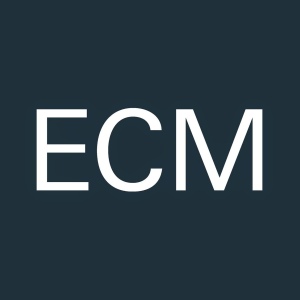
Jorge Rossy
Puerta
Jorge Rossy vibraphone, marimba
Robert Landfermann double bass
Jeff Ballard drums, percussion
Recorded September 2020, Jazz Campus Basel
Engineer: Daniel Dettwiler
Assistants: Daniel Somaroo, Eric Valle, and Alexander Beer
Cover photo: Max Franosch
Mastering: Christoph Stickel
Executive producer: Manfred Eicher
Release date: November 5, 2021
After making his ECM debut on drums as part of Jakob Bro’s Uma Elmo trio with Arve Henriksen, Jorge Rossy returns as leader, this time swapping out drumsticks for mallets. Equipped with his trusted vibraphone and marimba, the Spanish multi-instrumentalist glides his way through a suite of originals.
“Post-Catholic Waltz” is quintessential Rossy in all respects. It opens with a smooth, understated introduction before allowing the vibraphone to make its presence known as if on the most unobtrusive red carpet imaginable. His bandmates, bassist Robert Landfermann and drummer Jeff Ballard, move in step into deeper forest, carrying a wealth of implications, only some of which will see the light of day. Rossy’s approach is always to the point. Were it rendered in speech, every word would count. This is especially true of “Taínos,” which breathes with a measured vocabulary against a nested rhythm section. That said, Rossy credits his sidemen for being soloists in equal measure rather than traditional supports. In this respect, “Adagio,” “Scilla e Cariddi,” and “S.T.” form braids of three distinct yet complementary colors. The title track, too, with its adventurous percussion and arco lines, paints with an enchantment that requires full commitment from all members.
Despite the generally preference for slides and jungle gyms on this proverbial playground, the trio makes sure to get in some good swinging on “Maybe Tuesday” (a nod to George Gershwin’s “The Man I Love”) and “Ventana.” Their focus is on texture and tactility rather than blend, per se, although the trio coheres without stepping on each other’s toes. With just as much shimmer as shadow, these tunes breeze their way through the changes in organic shifts of light. Like the quiet tango of “Adiós” that closes out the set, it treats every gesture as a paragraph’s worth of ideas and leaves the listener to unravel the details.
The only outlier in this set, “Cargols,” comes by way of Chris Cheek, alongside whom Rossy played as part of Steve Swallow’s Into The Woodwork quintet. This slow-motion jaunt is the album’s fulcrum. As such, it carries much of the weight that follows in its yielding net. It is itself a portal into a world in which Rossy operates under the banner of rhythm, reminding us that here, too, his role is significantly bound to the pulse.

